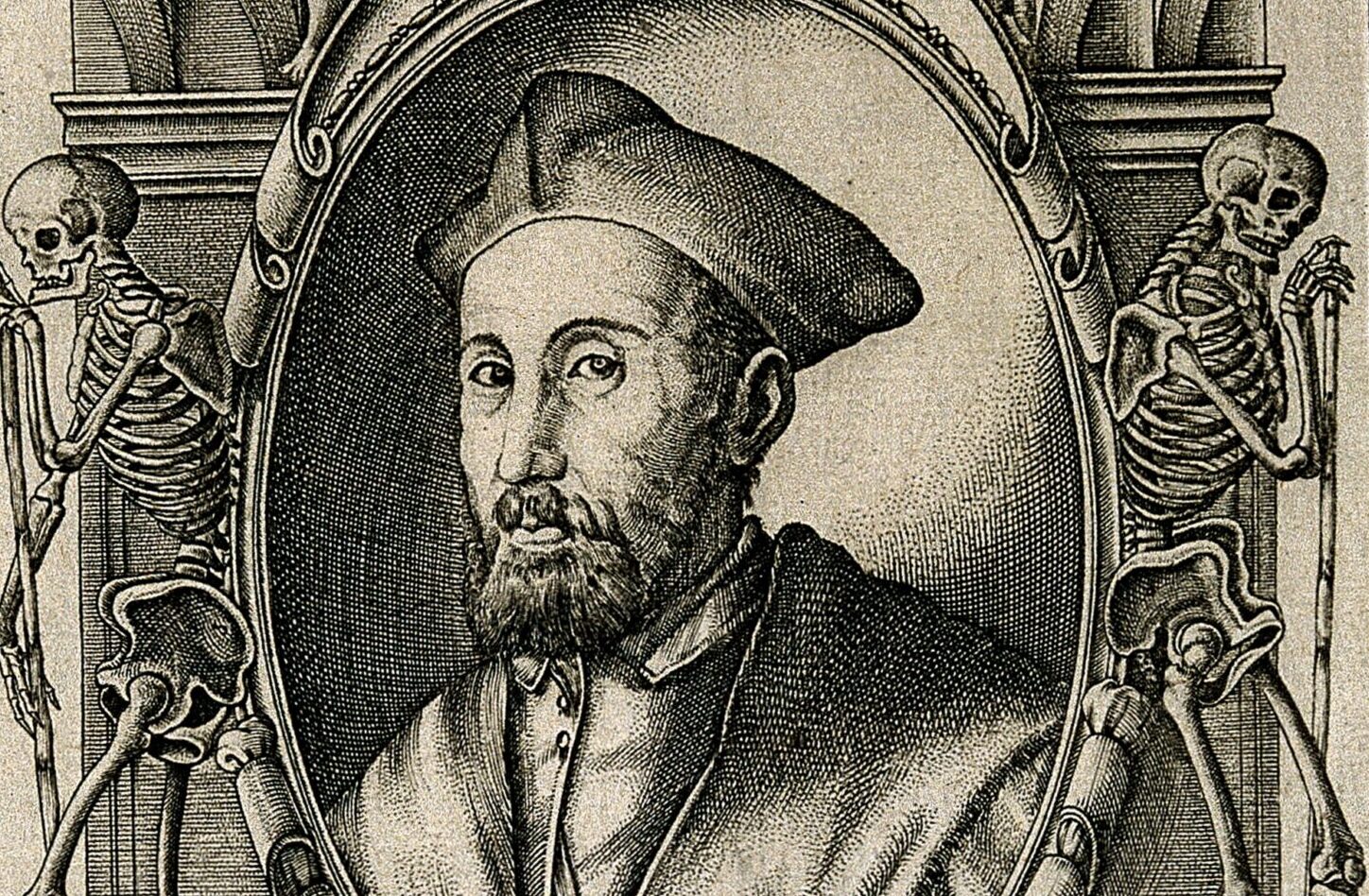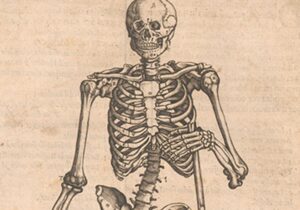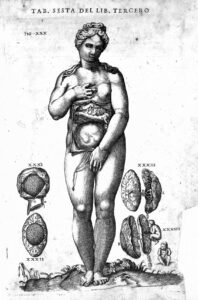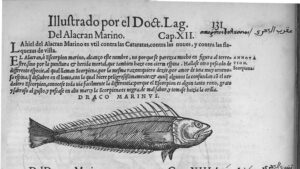Source:ABC
Gonzalo Gómez García demolishes the myth of 16th-century medical backwardness in his new book
The appointment is in Calle Serrano in Madrid, one metro stop away from a hospital with as much tradition as the Gregorio Marañón. Its shadow, although distant, can be seen from the offices of the Banco Santander Foundation, which are wide open today with a double mission: to present the new volume of the Historia Fundamental Collection and to strike out like a battering ram against the Black Legend that hovers over the red-and-black history. If last year the first essay in the saga shed light on the education of monarchs, now it is the turn of 16th century Spanish medicine, one of the most revolutionary of the time.
Because, yes, although it has been fought with fountain pen and inkwell for decades, there is still a lot of dust to be cleaned up so that stories such as those of our healthcare system can shine. The perfect duster is data. “One example: the world’s first network of public hospitals was created in America by the Spanish monarchy. And it was at the same time that colonisation began”. The speaker is the historian Gonzalo Gómez García, and he does so proudly, with his essay, entitled Sanar cuerpos y guardar almas (Healing bodies and saving souls), in hand.
Francisco Javier Expósito, head of the Foundation’s history department, takes up the baton: “We wanted to put an end to the cliché that the Spanish Empire was backward in medicine and science with this book, which is accompanied by seven podcasts with data and interviews”.
After an hour’s talk, the conclusion is that talking about healers and leeches in the empire of Carlos V and Felipe II is just as ridiculous as talking about the mass burning of witches. “The reality is that the medical situation in the kingdoms and on the other side of the Atlantic was appalling, but the advances made by figures such as Cardinal Cisneros changed the situation”, says Luis Alberto de Cuenca, member of the Royal Academy of History and now co-presenter of the book. He is not wrong. The expert brings up names such as Francisco Díaz de Alcalá, the father of modern urology in the 16th century, and stresses that, in 1640, “Spain was the only European power with ten universities in the viceroyalties of America”.
Black Legend
But the revolution did not come out of nowhere. It took a century for a model to be found to alleviate catastrophes such as the Black Death. The solution came from Italy in the 15th century and consisted in focusing on the human being. A Spain orphaned of doctors drew from this humanist medicine. “Most of them were Jews and had been expelled from the peninsula in 1492”, says Gómez.
Cardinal Cisneros turned necessity into virtue and forged a system of teaching at the University of Alcalá that promoted the dignity of the sick and their recovery for society in body and mind. “Hospitals were professionalised and ceased to be charity centres run by untrained friars, and scholarships were given to students without resources”, he adds.
The figures are sobering; between 1523 and 1545, 270 students acquired the medical baccalaureate in Alcalá. “An enormity”, according to De Cuenca. All of them nourished the hospitals, founded by the dozens on the peninsula and on the other side of the pond. In practice, therefore, the Spanish Empire had a university and hospital network that unashamedly surpassed those of all the colonial powers combined. And not only in numbers, but also in means and mentality. “Out of respect for women, who were treated in specialised wards, female nurses were trained to treat them”, says Gómez. She also recalls that doctors of the time, such as Juan Alonso de Fontecha, already stated that “women do the same as men, or even more”.
The greatest qualitative leap forward took place in the New World. There, the Hispanic Monarchy built the pillars of what is now public health care. “Hospitals were founded because medicine was very expensive. The price of a syrup was equivalent to approximately 10% of the annual salary of an average citizen”, adds the author. During the reign of Felipe II, the American health network was further strengthened. The monarch sent graduates such as Juan de Valdivia to Santo Domingo to confirm that the funds were being used properly for teaching and medicine, and attended to the requests of the viceroys in both fields. “The viceroy of Peru asked th emonarch to found another hospital in the area to return to the natives what they had paid in taxes”, he adds.
Time runs out, but not the stories to tell. In fact, a whole morning would not be enough to cover all the stories in the book. Gómez, however, ends his talk with a myth that particularly stings him: that the Spanish perpetrated genocide against the natives: “It was the diseases, and if they hadn’t brought them, it would have been any other power”. This should not be forgotten.
Share this article
On This Day
- 1572 Andrés Díaz Venero de Leyva founded the town of Guaduas (Colombia).
- 1578 Brunei becomes a vassal state of Spain.
- 1672 Spanish comic actor Cosme Pérez ("Juan Rana") dies.
- 1693 Painter Claudio Coello dies.
- 1702 The Marquis de la Ensenada was born.
- 1741 Spanish troops break the siege of castle San Felipe in Cartagena de Indias (Colombia).
- 1844 The Royal Order of Access to Historical Archives was promulgated.
- 1898 President Mckinley signed the Joint Resolution, an ultimatum to Spain, which would lead to the Spanish–American War.
History of Spain
26 August 2020
27 January 2021
Communism: Now and Then
23 December 2022
28 July 2021









